8 Alternatives to Butter for All Your Baking Needs
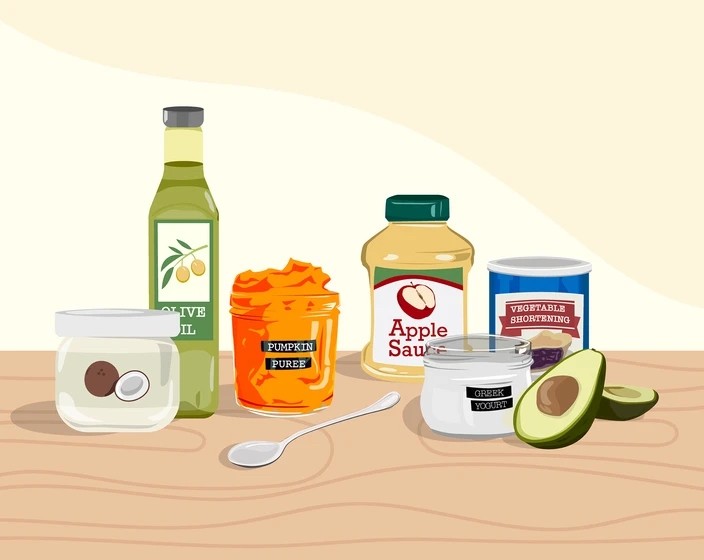
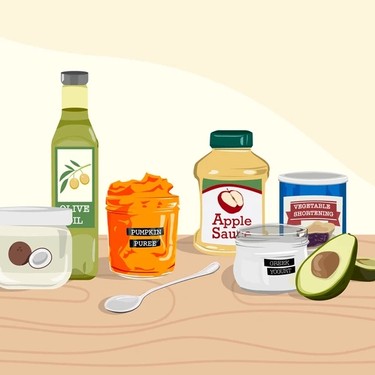


Looking for alternatives to butter that actually work? Figuring out substitutions for butter can be a tricky business, and there’s more to think about than just fat. This list takes into consideration not only the fat content, but all the other ways that replacing butter could potentially alter your final dish. Even though many people would consider the word “butter” synonymous with baked goods, there’s no reason why you shouldn’t try flexing your baking muscles and branching out a little! Check out this list for our favorite butter alternatives.
A good rule of thumb: Keep in mind that butter is more than just a recipe’s fat content - it can be the ingredient providing structure, texture, or even flavor to the final product. If you take that into account and substitute accordingly, you’ll end up much more successful in your baking endeavors!
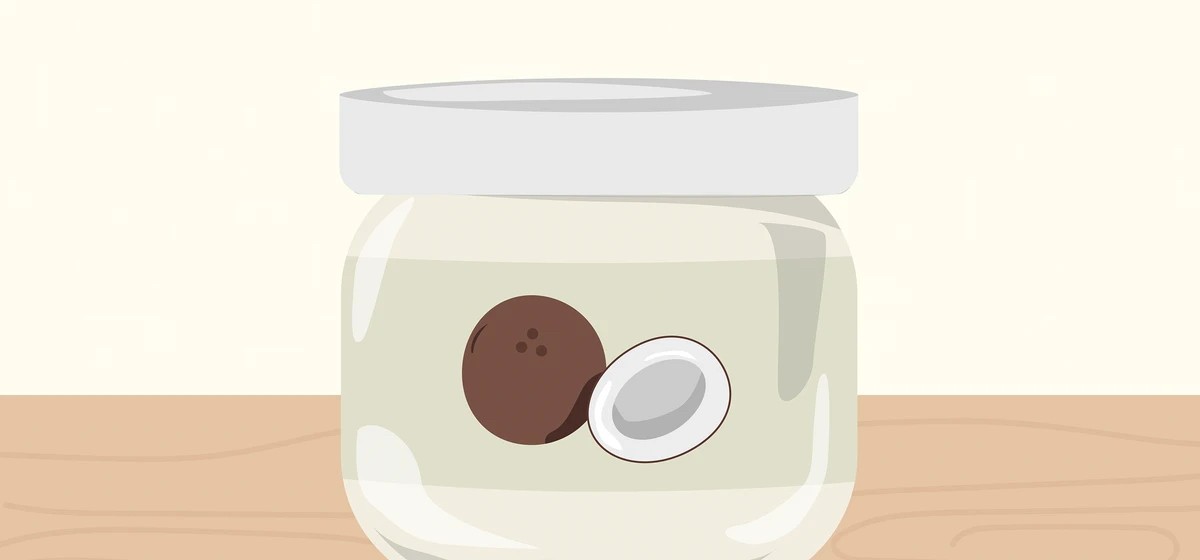
Coconut oil is a favorite butter alternative. It mimics butter’s ability to provide structure to your baked goods since it has both a solid and a liquid state. If you want a coconut flavor in your baked goods, look for unrefined coconut oil - because it is unrefined it will still have a very fragrant coconut taste and aroma. If you are looking for little to no coconut flavor, use refined or extra refined coconut oil. The refining process takes out the majority of the coconut flavor.
If using coconut oil in a recipe that calls for unmelted butter, make sure to use coconut milk in its solid-state to achieve the same effect that butter would. A 1 to 1 substitution with butter is generally fine unless using melted coconut oil to replace melted butter. Because butter is not all oil - a portion of it is milk solids and water - if a recipe calls for melted butter, use ¾ cup coconut oil to replace 1 cup of butter and replace the remaining ¼ with water.

These two are lumped together since they have very similar effects on your baked goods. Because they don’t have a solid state, these alternatives are best for recipes that call for melted butter. Olive oil will not only give your baked goods a healthy dose of antioxidants and less saturated fat than butter - it also has a fruity, earthy flavor that is perfect for savory baked goods (but also really nice in sweet ones).
To account for the water content, you will want to substitute ¾ cup of oil for every cup of butter called for and replace the remaining ¼ with water to make sure you don’t end up with a greasy cake!
If using in a sweet recipe, I recommend going with lighter olive oil to avoid an overpowering flavor, or use half extra virgin olive oil and half vegetable oil. If you want a totally neutral flavor, just use vegetable oil - although you’ll miss out on the health benefits.
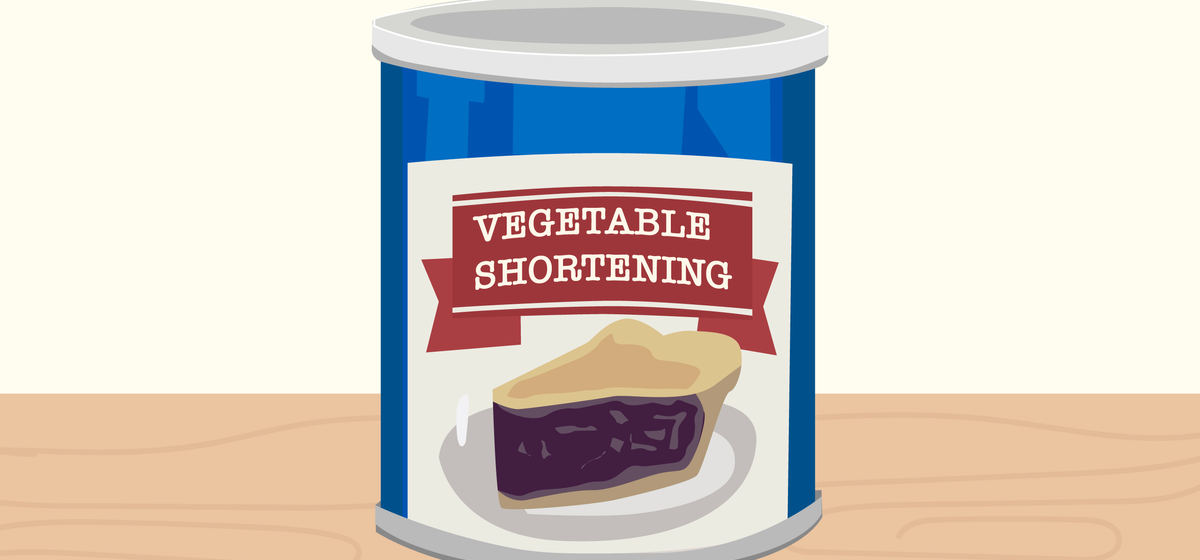
When you think of shortening, you might be reminded of the massive tub that was ever-present in your grandmother’s kitchen. The solid, white stuff was sold as an inexpensive butter alternative and can be used to easily replace butter because of its solid structure at room temperature compared to other oils. You won’t get the same buttery flavor though, so shortening is best in baked goods that have other prominent flavors to rely on.
You can use vegetable shortening in a 1 to 1 substitution with butter because of the similar texture. Use when you want your final product to stay soft, like certain types of cookies and amazing pie crusts. In fact, in many recipes where the final outcome is a softer cookie, crust, or even scone, shortening is often called for in the place of butter to begin with! It is also a great replacement in butter-based frosting since it will whip up perfectly while retaining its shape much better than butter at warm temperatures.
Fun fact: Because of its high smoke point, neutral flavor, and lack of water content that would cause spatter, vegetable shortening is also great for deep frying!
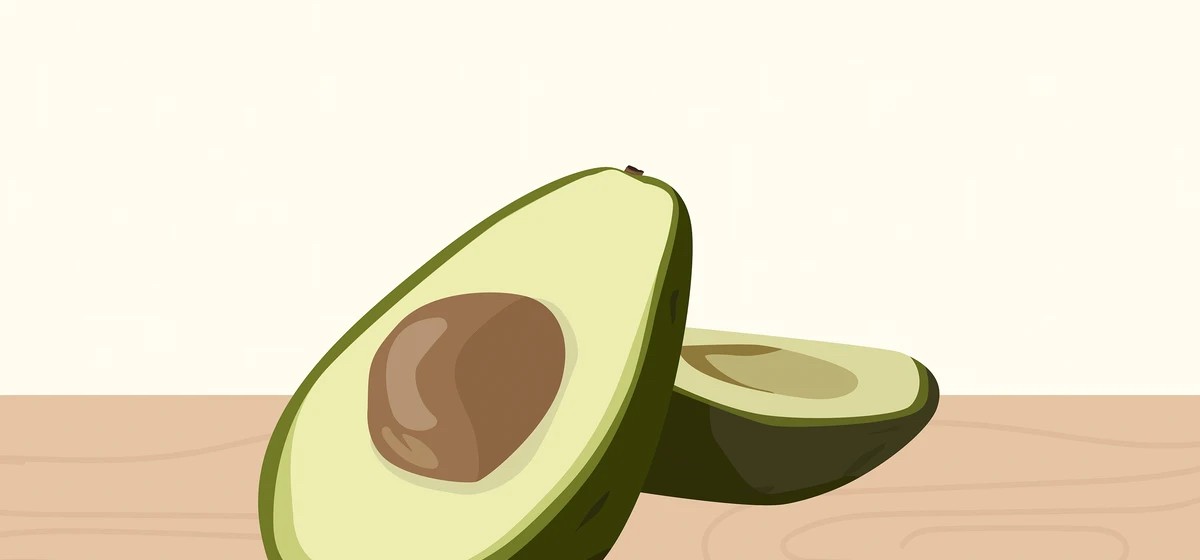
Baking with avocado can be a lot of fun - it has a mild flavor and super creamy texture with less than a quarter of the fat that using pure oil would give you. When baking with avocado, make sure to use ripe ones and pureé them completely - you don’t want to end up with avocado chunks in your baked goods!
Once it’s nice and creamy, you can use a 1 to 1 substitution with butter for a lower-fat alternative. Be aware, it will give your final product a light green tint and a mildly earthy flavor - if you want to hide this, use avocado in chocolate-based recipes that will cover up the color and flavor.

The tangy, creamy flavor of greek yogurt, along with its dense texture and high protein, makes it an already popular ingredient in many “healthier” versions of your favorite baked goods. Because of the creaminess in even non-fat variations, along with the dense structure, it’s a great way to give baked goods a healthy facelift without ending up with a dry, dense cake. The tangy flavor lends well to citrus-flavored baked goods, but will work well in any recipe where the butter isn’t being used for structure - like cookies or very light cakes.
Up to a cup of greek yogurt can be used instead of butter at a 1 to 1 substitution. Be aware that this may alter the texture of your baked good and make them overly soggy - if your batter or dough seems too runny or sticky, simply sprinkle in a bit more flour. Another option is to do half butter or coconut oil and half greek yogurt for a lower fat final product that won’t have too much of an altered texture.
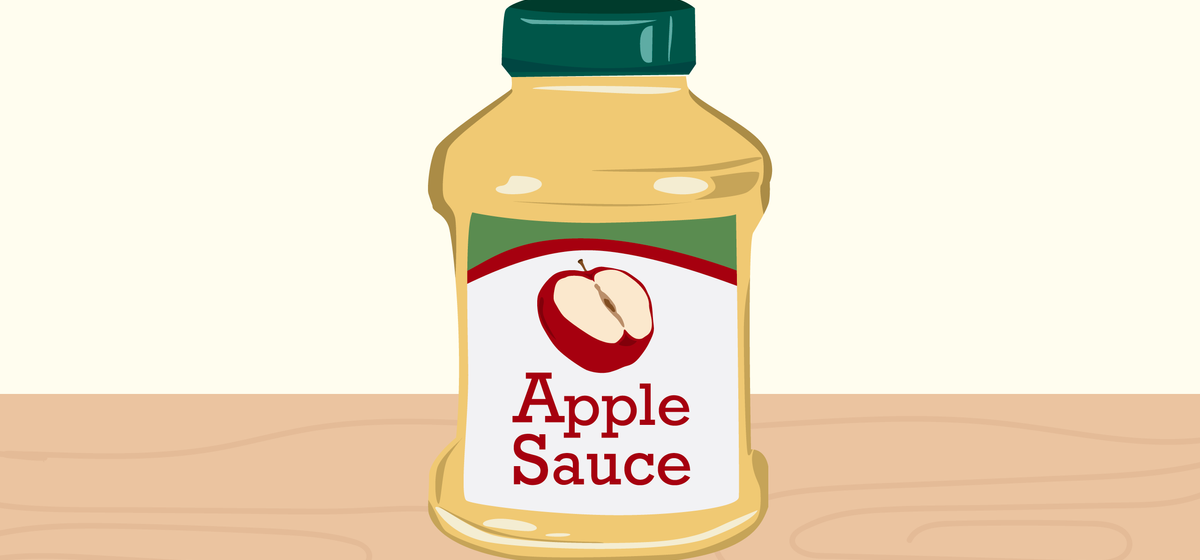
One of the more common low-fat butter substitutes. Apple sauce has a sweet, fruity flavor and will make your baked goods super moist. Works best in quick breads and loaves like zucchini or banana, and slightly denser cakes like carrot. It isn’t the best option for cookies, since it will alter the texture too much.
Substitute ½ cup of applesauce for every 1 cup of butter - but for best results, opt for half butter or coconut oil and half applesauce for a lower fat final product that won’t have too much of an altered texture. This will still let the oil do its thing while giving your cake extra moisture and a lower fat content. You may want to use slightly less sweetener since most applesauce will bring additional sweetness - taste before using to see how sweet yours is.

Similar to apple sauce, pumpkin puree is a great way to add a ton of moisture and flavor to your baked goods while cutting down on fat. Like applesauce, it works best in quick breads or loaves that already have a slightly “thicker” final texture. Because of its lower moisture content compared to applesauce, it will prevent your baked good from being too “soggy”, but you might need to add a little extra flour if your dough or batter seems a little too wet.
Works especially well in recipes that are using “warm” spices like cinnamon and nutmeg. Substitute ¾ cup of pumpkin for every cup of butter called for. Like applesauce, you can also do half the amount of required butter and half pumpkin pureé for the best of both worlds.
We hope this list gets you on your way to your best baking self! While this list is intended as a helpful guide, please read through every recipe you attempt carefully - there are certain recipes where the butter cannot be substituted without significantly altering the final product.